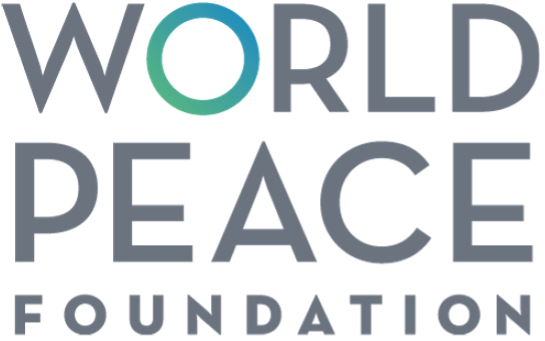United Kingdom
The UK code of conduct forbids exports that would “provoke or prolong armed conflicts”. However, the UK supplied arms to the majority of wars that we studied and, after the USA, was the major exporter most involved itself in overseas wars.
Explore the graphics below to see how the likelihood of arms sales increases or decreases with different factors.
What factors might affect arms exports from United Kingdom?
War
No significant difference was found between arms exports to countries at war or during peacetime.
Money
Arms sales from United Kingdom are:
- More frequent as the military expenditure of the recipient increases 1
- More frequent as the total military acquisition of the recipient from all other suppliers increases
Relationships
Arms sales from United Kingdom are:
- More frequent if the recipient is already a recent customer 3
- Less frequent if the recipient was a participant in the Afghanistan conflict
Other
No significant difference was found between arms exports to different countries based on other miscellaneous metrics.
Conflicts
Direct conflict participation
United Kingdom directly participated in the following conflicts:
Weapons supplies to conflict participants
United Kingdom supplied Major Conventional Weapons to active participants in the following conflicts:
United Kingdom was an Other Significant Supplier to active participants in the following conflicts:
Top arms recipients
The greatest recipients of Major Conventional Weapons from United Kingdom by value* between 1990 and 2018 are as follows:
*The SIPRI Trend Indicator Value (TIV) is a relative measure of arms transfer value, normalized for inflation and currency.
Full results
All metrics were investigated using regression analysis. The full results are reproduced here.
Footnotes
- 1Measured in constant 2018 millions of USD
- 2Both total GDP and GDP per-capita were analysed, with similar results. In each analysis whichever had higher significance is specified although the differences were minor.
- 3Transfers above 5,000 TIV in the last five years. The SIPRI TIV unit is a measurement of the value of arms which is independent of currency and inflation.
